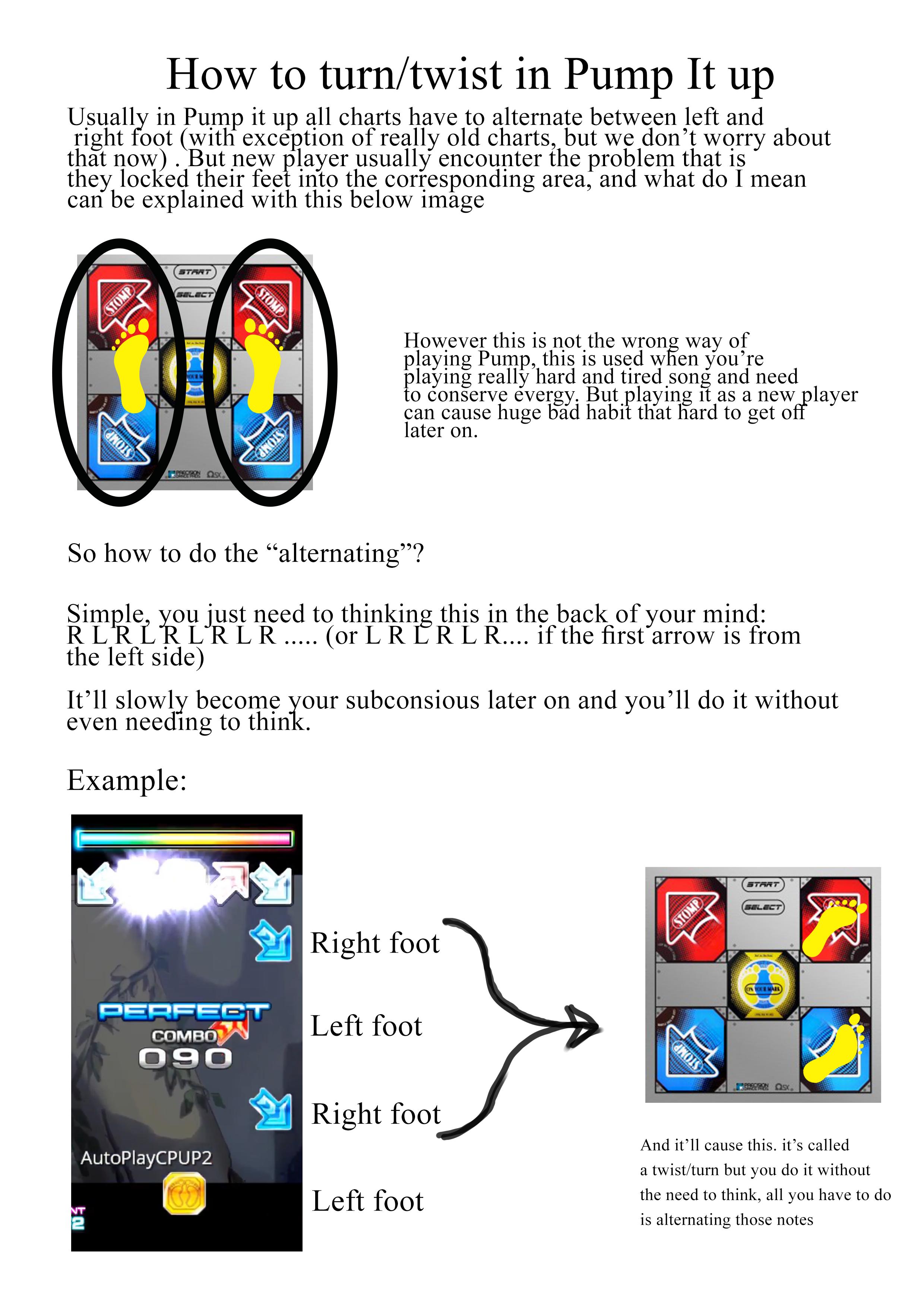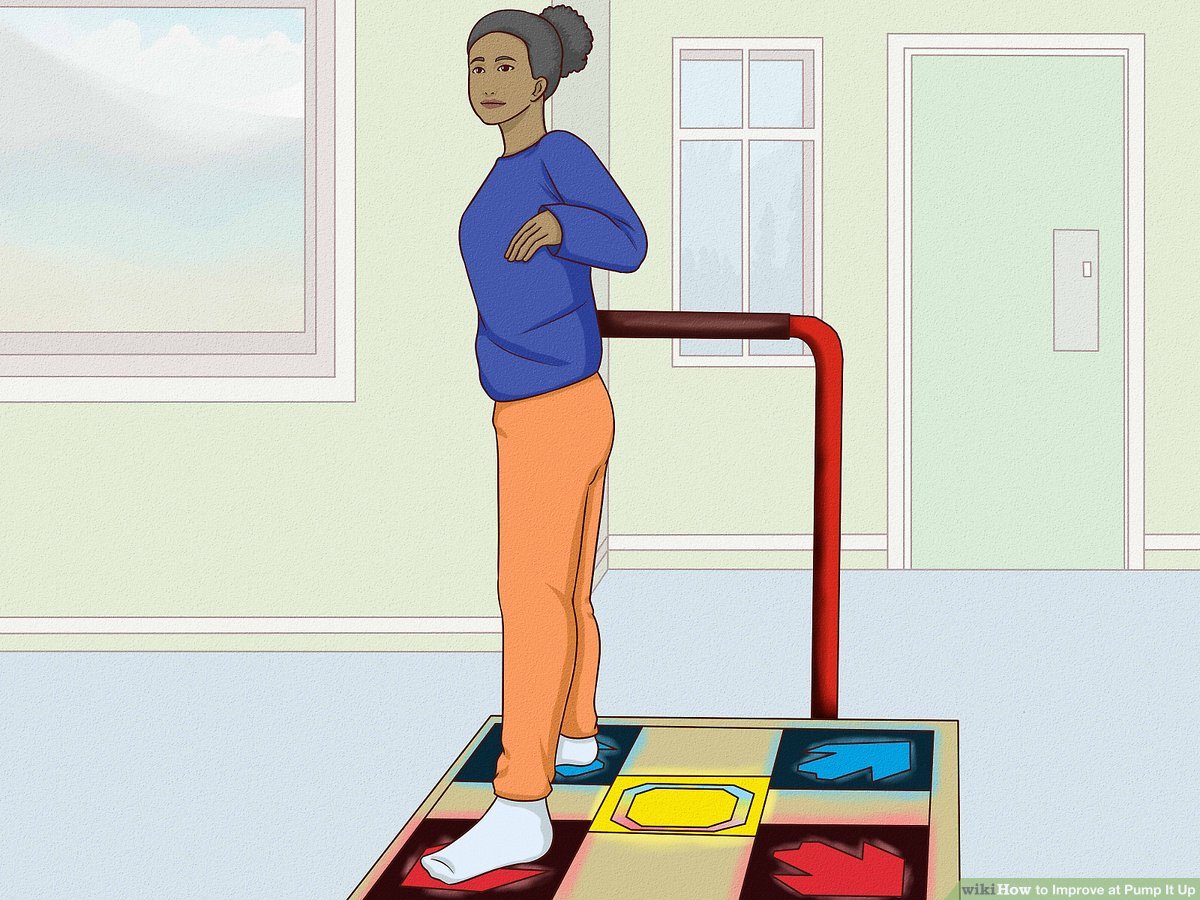I swear, I had absolutely zero intention of starting this whole dance game thing. Zero. I’m a middle-aged guy, I spend most of my day dealing with spreadsheets and trying to figure out why the coffee machine keeps breaking. But I was down at the local mall arcade with my nephew, waiting for him to run out of quarters, and I saw the Pump It Up machine.

Two kids, maybe fifteen years old, were absolutely annihilating a high-level song. Their feet were moving so fast it looked like blurry static electricity. I stood there, watched for about five minutes, and something completely ridiculous clicked in my head. I thought, “It’s just steps, right? I can walk. How hard can this possibly be?”
That was my first big mistake: assuming that walking translates directly into high-speed directional rhythm coordination. It does not. Not even close.
The First Humiliation: Finding Out I Couldn’t Walk
I grabbed a card, loaded it up, and walked onto the pad feeling supremely confident. I navigated the menus, which was an ordeal itself. I just picked the first upbeat track I saw—some super high-energy K-Pop song—and selected the lowest number I could find, which was something like ‘Single 3’ (S3). I figured, three arrows, that’s nothing. That’s where the machine decided to teach me a brutal lesson in humility.
The arrows started dropping, and I panicked. My legs were fighting each other. I was stomping instead of stepping. I was trying to hit the corners with my toes while keeping balance. I missed 90% of the steps, stumbled backward, nearly lost my shoe, and ended the song with an atrocious “F” grade. I looked like an octopus trying to escape a fishing net. I walked off the platform sweating, defeated, and thoroughly confused about why my body betrayed me so quickly.
I knew I couldn’t let it go. If I was going to play, I needed a practice strategy. I wasn’t going to look up complicated terminology or anything, but I was going to figure out the actual foundational steps that people skip when they first start playing.

My Logged Steps: The Beginner’s Grind
I decided to dedicate three sessions, thirty minutes each, just to the absolute basics. I logged every decision I made because I figured someone else out there needs this basic reassurance.
The Necessity of S1
The first thing I realized, after watching some grainy cellphone videos online, is that everyone starts at Single 1 (S1) or Single 2 (S2). I was trying S3. No wonder I failed. S1 is the training wheel level. It doesn’t matter how good you are at other video games or how fit you think you are; you have to train your brain to process the arrow direction and get your foot there in time. I reset my ambition and went straight back to the bottom.
I found the slowest, most melodically simple song available. I think it was some old school track. Set it to S1, and started moving.
- Keep One Foot Centered: This was the biggest game changer. I committed my left foot to the center panel and refused to move it unless absolutely necessary. My right foot did 90% of the work, hitting the Up, Down, Left, and Right arrows. This minimizes travel distance and saves energy. It’s ugly form, but it lets you clear S1 and S2 easily.
- Forget the Diagonals: For the first two sessions, I completely ignored any song that featured the corner arrows (Up-Left, Up-Right, Down-Left, Down-Right). If the game showed them, I skipped the song. I needed to nail the four main directions before adding complexity.
- Rhythm Over Speed: I stopped trying to sprint. Instead, I forced myself to listen to the song’s beat. Most S1 patterns simply follow the quarter notes of the music. If I could hear the beat, I could hit the arrow. I didn’t get perfect scores, but I started consistently clearing the songs with B grades.
The Transition to S3: The Coordination Jump
After a full week of short sessions, I could clear almost any S2 song while keeping one foot grounded. I felt ready for S3. And S3 is where the real coordination issues started hitting hard.
S3 introduces streams, which means consecutive, fast steps, and, crucially, it forces the first few complex patterns that require you to use both feet off the center panel. This is when the game stops being “steps” and starts being “dance.”

I had to ditch the “one-foot-grounded” strategy because the patterns were just too spread out. I found myself lifting my heels significantly, trying to hover over the pads so my feet could pivot instantly to the next location. The soreness in my calves the next morning was unbelievable. I was constantly stopping the song mid-way just to catch my breath and wipe the sweat off the pad.
The key here was learning to read ahead. Before, I reacted to the arrows as they hit the target line. For S3, I had to train my eyes to look two or three steps ahead. If I see a Left-Right-Left sequence coming, I need to plan which foot is hitting that initial Left arrow, ensuring the other foot is in position for the next steps. I failed maybe twenty times just on this mental leap alone.
The Breakthrough and What Comes Next
Just yesterday, I finally cleared a heavy S3 song called “Bemera” with a C+. It wasn’t pretty. I got too many “Good” and “Bad” marks, but the point is, I survived the whole thing. The sense of pure physical accomplishment was huge. I was dripping, exhausted, but I stood there, arms raised, feeling like I’d just won a marathon.
If you’re reading this and you’re standing in front of the machine feeling overwhelmed, just remember: Start at S1. Plant your foot. Listen to the music. Don’t worry about the high scores or looking cool—just worry about surviving the song. It’s a process. It’s going to make you sweat. But once you clear that first difficulty barrier, you’ll be completely hooked. I’m moving to S4 next week, and I am absolutely terrified. Wish me luck; I’m going to need it.
